Findout the equivalent focal length of the combenation of lenses shown in the figure. Surrounding medium is air.
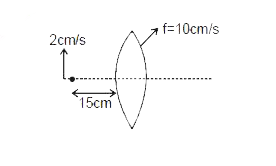
h1h0=vu
⇒hih0=vu
⇒dhidt=vudh0dt
⇒30−15×2=−4 cm/sec (downwards)
Topper's Solved these Questions
- GEOMETRICAL OPTICSBOOK - MOTIONCHAPTER - GEOMETRICAL OPTICSEXERCISE - Exercise - 1 Section A - Plane Mirror
12 Videos
- GEOMETRICAL OPTICSBOOK - MOTIONCHAPTER - GEOMETRICAL OPTICSEXERCISE - Exercise - 1 Section B, C, D, E - Mirror formula and Magnification, Velocity in Spherical Mirror, Cutting of Mirrors, Combination of Mirrors, Intensity of light
10 Videos
- FLUIDBOOK - MOTIONCHAPTER - FLUIDEXERCISE - Exercise-4 level-II
5 Videos
- GRAVITATIONBOOK - MOTIONCHAPTER - GRAVITATIONEXERCISE - Exercise - 4 Section - B Previous Years Problems
15 Videos
Similar Questions
See the figure
Find the equivalent focal length of the combination shown in the figure and position of image.
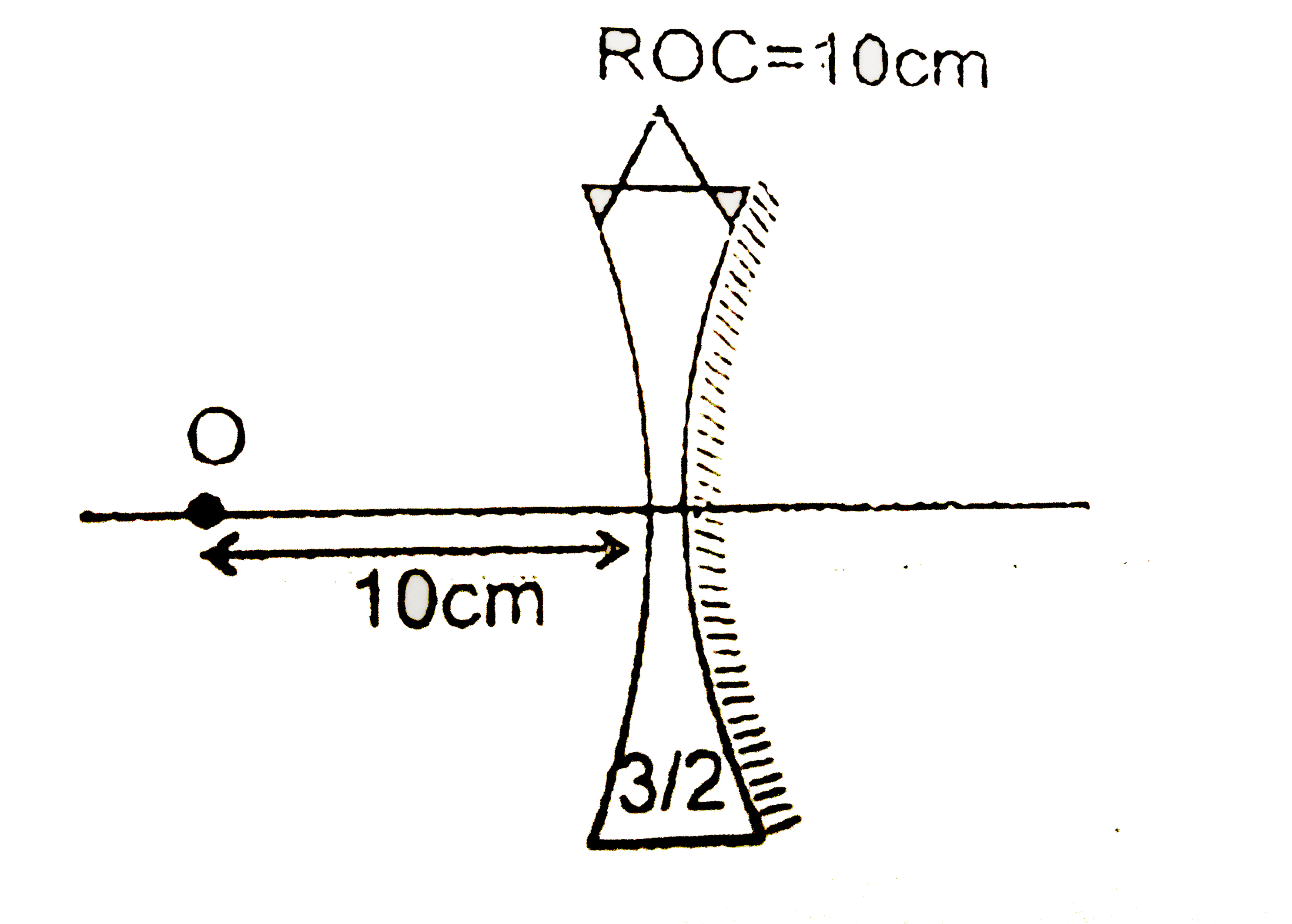
View SolutionSee the figure
Find the equivalent focal length of the combination shown in the figure and position of image.

View SolutionCalculate the focal length of the lens shown in the figure.
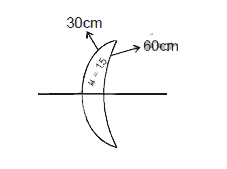
View SolutionFind the focal length fo the lens shown in the figure.
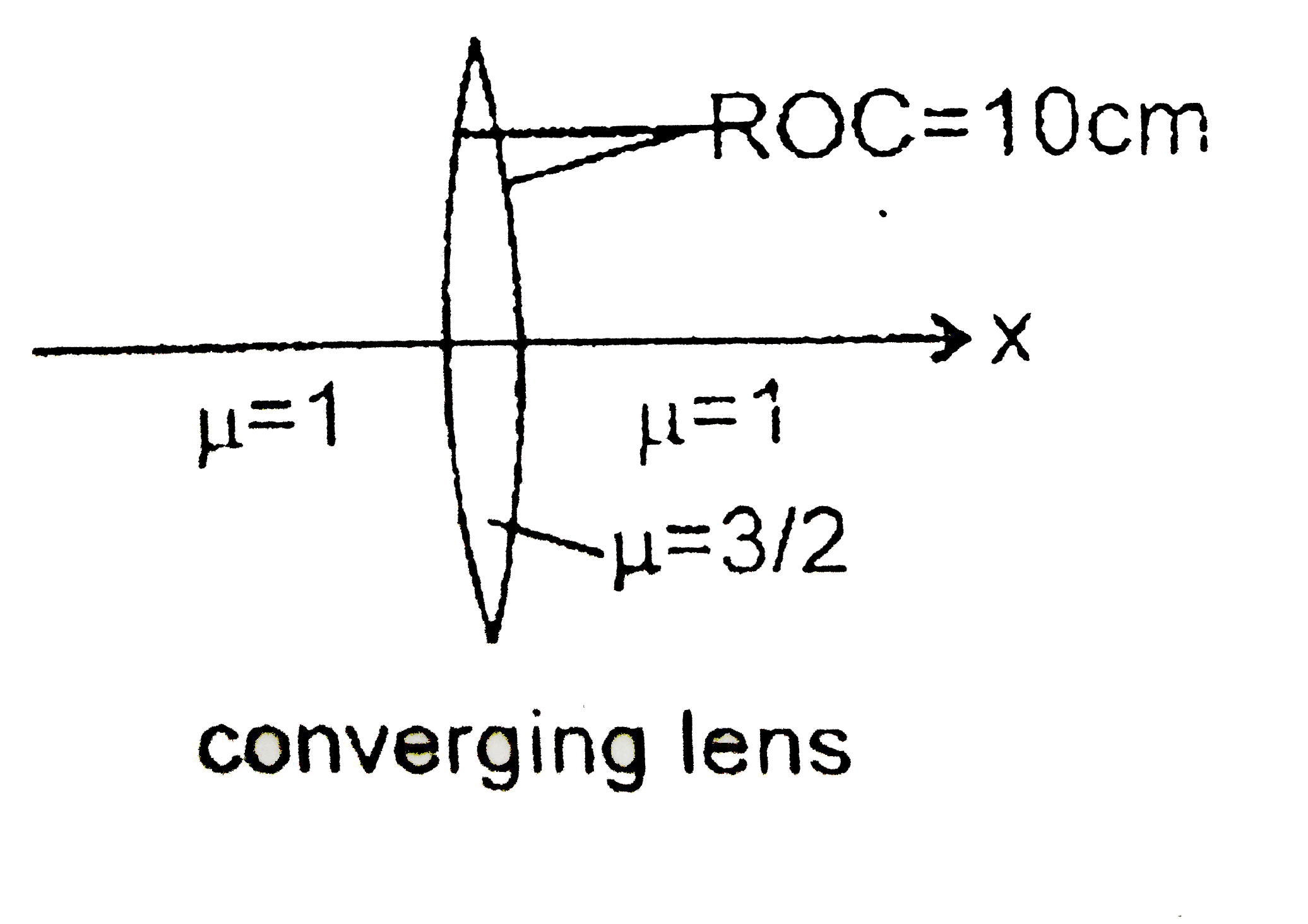
View Solution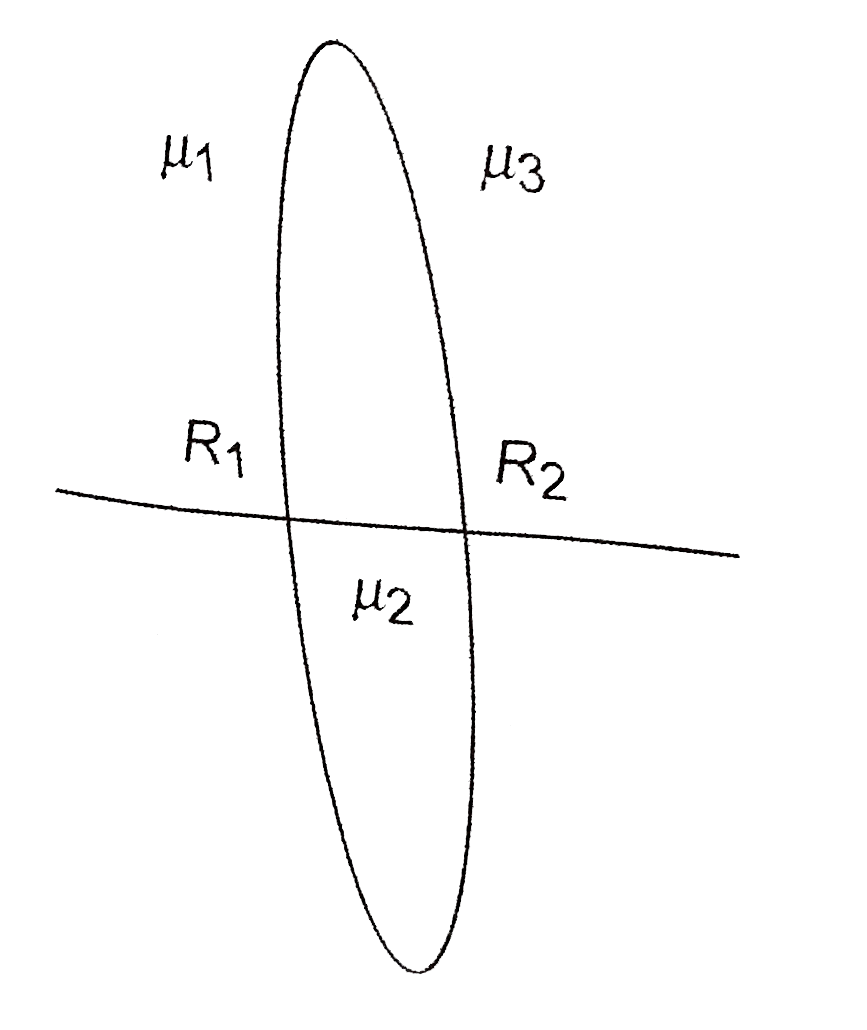
Find the focal length of the lens as shown in figure.
View SolutionFindout the linear length of the image of the object shown in figure.

View SolutionFindout the linear length of the image of the object AB shown in figure.
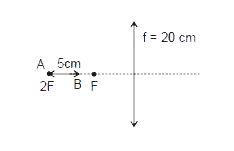
View SolutionFind the focal length of equivalent system shown in Figure.
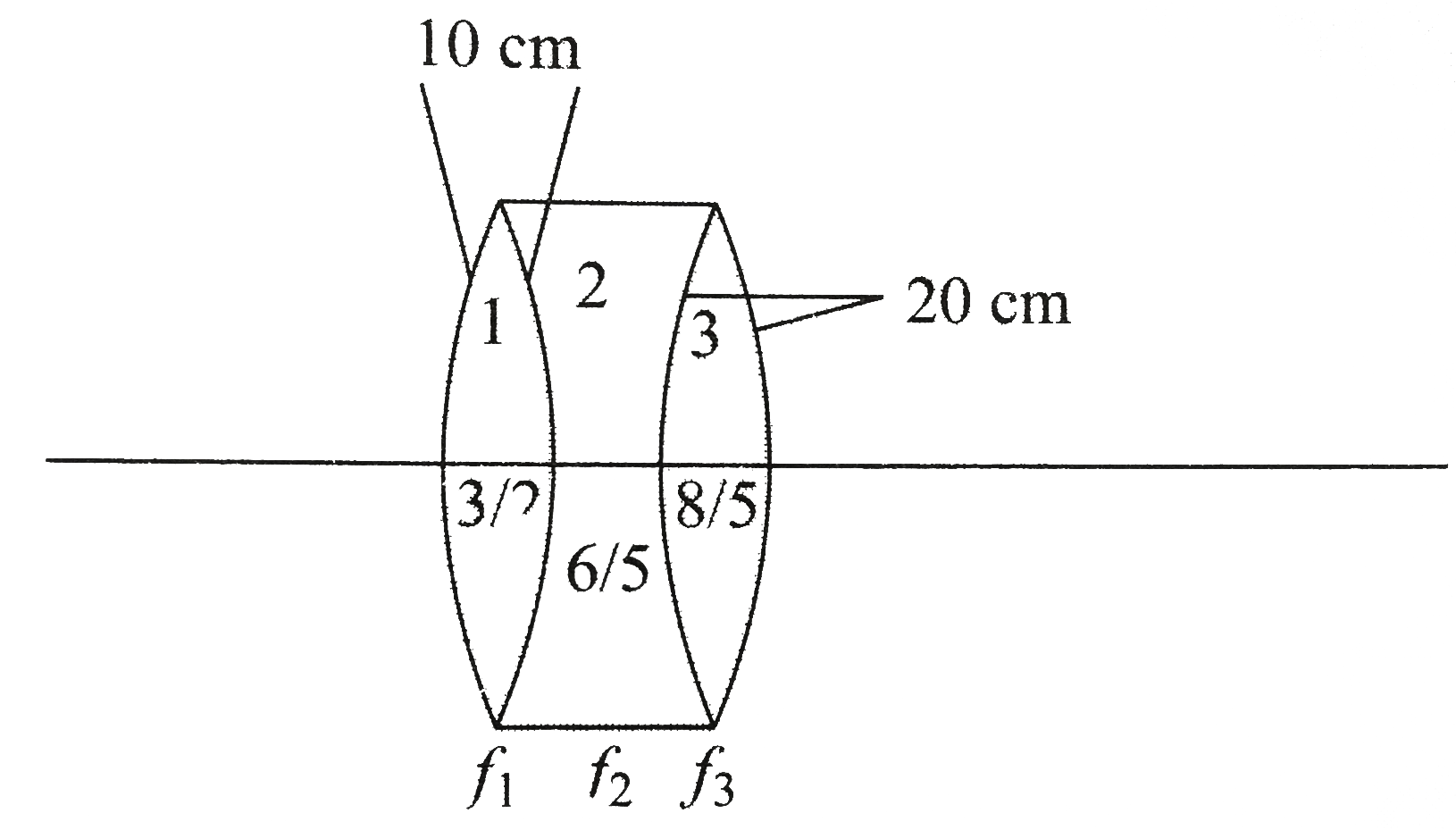
View SolutionFind the focal length of equivalent system shown in Figure.

View SolutionAn object AB is placed on the principal axis of two lenses of equal focal length (f). The lenses are separated by a distance 2f, as shown in the figure. Using ray diagram locate the image formed by each lens and state their nature.
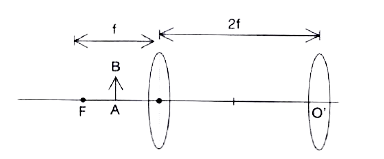
View Solution
